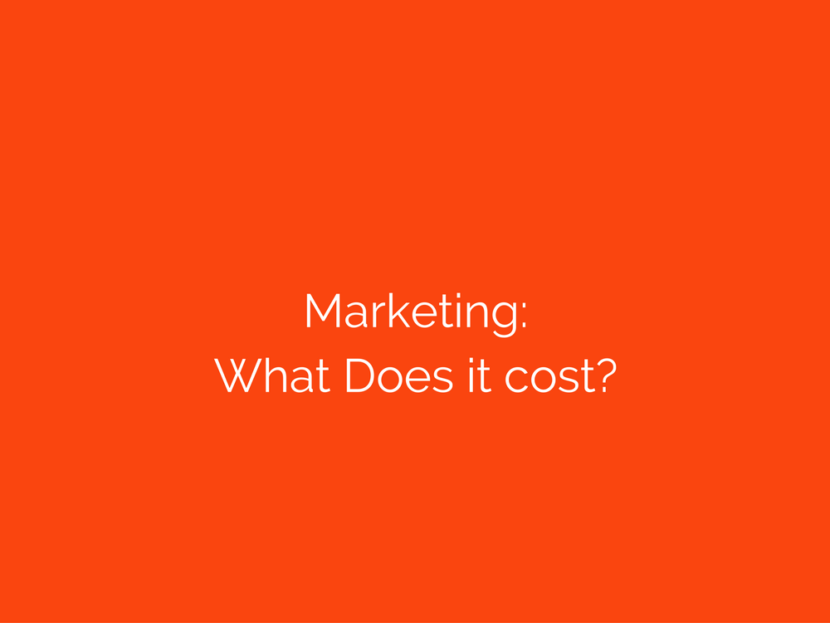Marketing Cost: You cannot save your way to success.
In 1993 Al Ries and Jack Trout published the seminal marketing text book, ‘The 22 Immutable Laws of Marketing (Violate them at your own risk)’. If you are a student of business (every day is a learning day!) you should read it. Aside from some anachronisms of the era used as ‘evidence’, the Laws still hold true.
For me, the 22nd Law, ‘Resources’ is the keystone for all the others. It states that ‘Without adequate funding an idea won’t get off the ground.’
I was reminded of this by an event I attended on Monday at Perth Town Hall. At the West Tech Festival 2015 speakers from as far afield as Silicon Valley had one message for tech start ups, ‘innovation is nothing without marketing, and if you want investment we need to know you have a market’.
That’s the challenge for ‘ideas’. Without ‘execution’ it’s a dream. Without funds you cannot execute.
In the Chapter on ‘Resources’, (I say chapter loosely, as it is 4.5 pages and the whole book can be read in an afternoon), Ries & Trout remind us that without Mike Markhula’s US$91,000 investment for 1/3 of Apple, that business would have gone nowhere. 1/3 of Apple today (9/12/15) would be worth cUS$220bn. Although the other stakeholders valued their sweat / equity at $182,000 without the investment the $440bn would be a dream.
The ‘idea’ is not enough. The idea needs to find the money in order to execute the strategy. Bootstrapping only get’s you so far, and slowly.
Ries & Trout use a few other examples, however, what really hit home, and is something that is not said often enough when mentoring, advising, supporting start ups, is that a business needs to spend enough, not too little.
The more a start up front loads the required investment the better. Plow all earnings back into marketing. Money might be the ‘root of all evil’, but it is what is needed to grab people’s attention.
Marketing Cost: Myths
In Western Australia there is a large section of the business community that believe that with enough ‘social media’ activity any business can be Uber / AirBnB / NextBigBrand. But these businesses raised huge seed capital before you’d ever heard of them. Facebook, Twitter, Snapchat, etc were prolific seekers of investment before they had an audience. But they didn’t just use their platforms to grow. They advertised, they used public relations, they spent their money continuously redeveloping their product.
The last decade in WA has seen some businesses grow on very little marketing spend. So there is a culture formed from the habit of little investment, which leads to an attitude of “We’ve grown and spent little on marketing.” But that’s not because you don’t need to spend money marketing a business.
Correlation does not equal causation.
Jack Welch has a phrase, ‘Even leaky boats float when the tide is coming in’, meaning a growing market gives everyone a share because competition is for customers not against competitors. But in a static, or soft market, growth comes from growing market share, and that requires share of mind.
Marketing Cost: Share of mind costs money.
The Washington Post estimated that the war in Iraq cost about $500,000 a minute. If you think that’s a lot, the cost of a minute advert during the Superbowl cost $9,000,000. That’s the business cost of capturing share of mind.
Which brings me to the title of this piece. Ries & Trout poignantly state in the chapter, ‘you cannot save your way to success’. If the idea is good, back it. A good idea with a $100,000 spend is always going to beat a great idea with $10,000 spend.
So next time your agency talks about delivering world-class design, copywriting, and production do not scrimp. It should be proportionate to the media cost but not to the point the idea is lost in a cheap execution.
Do not spoil the ship for a ha’porth of tar.
That is your marketing cost.

